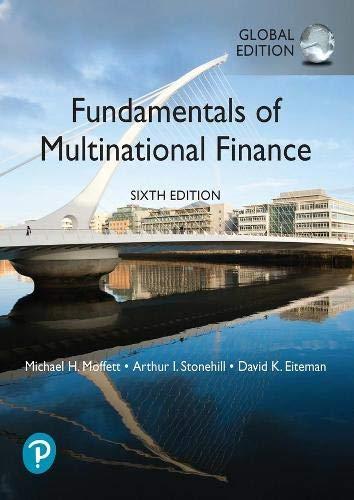Question
ABC company has a cost of goods of 60% of the selling price of its products. It has $250,000 in fixed overhead for administrative expenses,
ABC company has a cost of goods of 60% of the selling price of its products. It has $250,000 in fixed overhead for administrative expenses, rent and salaries. In addition, it spends 18% of every sales dollar on marketing.
1) What is the companys break-even point? In order to start the business the owner got an investor to put up $500,000. The owner wants to pay back the investor out of profits, using 30% of the pre-tax profits to pay the investor, and he has guaranteed the investor he will get back $750,000.
2) How long will it take to pay back the investor, if sales in year one are $2 million, and sales increase 15% each year. (It is assumed that fixed expenses will increase each year at the rate of infllation or about 2%)
3) Based purely on the financial return, and not factoring risk, would the investor have been better off loaning the company $500,000 at 10% interest, to be paid back over ten years at $50,000 per year in principle plus interest, or agreeing to be paid out of profits each year at the rate of 30% of profits?
For the above answers there is no need to take into account or to use Net Present Value concepts.
4) Would your answer be different if you did take into account Net Present Value in determining which alternative is better? Please show calculations.
Step by Step Solution
There are 3 Steps involved in it
Step: 1

Get Instant Access to Expert-Tailored Solutions
See step-by-step solutions with expert insights and AI powered tools for academic success
Step: 2

Step: 3

Ace Your Homework with AI
Get the answers you need in no time with our AI-driven, step-by-step assistance
Get Started


